Whether you’re hanging vintage mercury glass baubles on the tree or serving canapés on an antique platter, Christmas wouldn’t be nearly as festive without the sparkle and shimmer of silver.
Our passion for this reflective element is nothing new. Silver – along with copper, gold, iron and lead – was one of the first five metals discovered and used by humans. Silver objects dating from before 4000 BC have been found in Greece. ‘Silver can be found in its pure form, but it’s rare – it was more commonly reduced from an ore of silver and lead in a process called cupellation,’ explains Alastair Dickenson, BBC Antiques Roadshow silver specialist. ‘The ancient Greeks, Anatolians and Mesopotamians who worked in metals would have used tools that are very similar to those silversmiths use today: hammers and mallets, burins (chisels for engraving) and tools for embossing and chasing.’
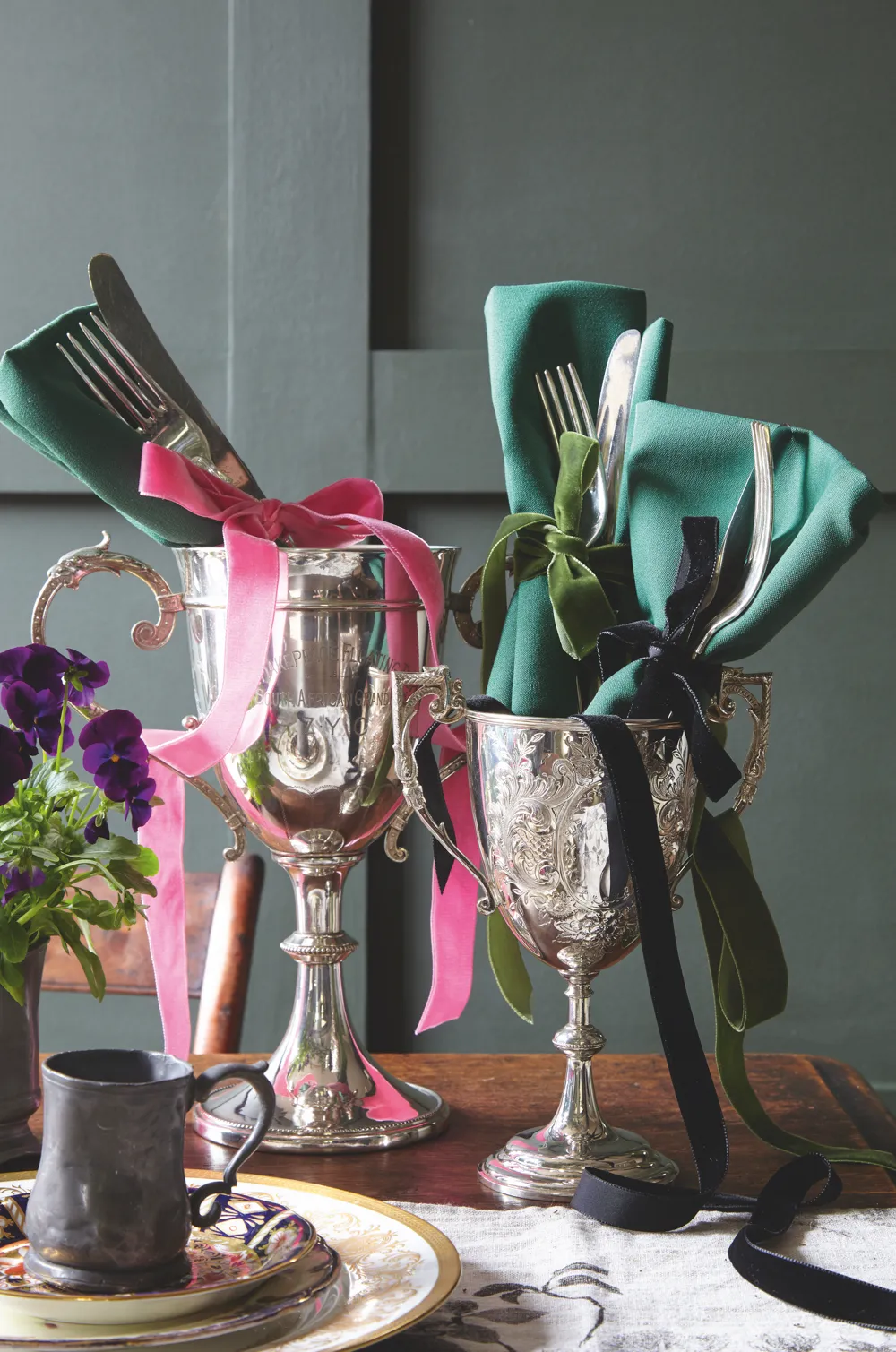
From the Middle Ages onwards, Europe became a key area for silversmithing. ‘German silver was particularly good in the second half of the 16th century and into the 17th century,’ explains Alastair. This was largely due to the German guild system, a forerunner of trade unions, which offered rigid training and employment protection for makers, as well as guarantees of quality
for customers.
When the civil war broke out in Britain in the middle of the 17th century, a lot of domestic silverware was melted down or simply beaten and cut up to produce coins to finance the Royalist military effort. ‘The war had a devastating effect on the amount of old silver that survives today,’ explains Alastair. ‘A similar thing happened in France, so there’s not a great deal of 17th-century French silver around either.’
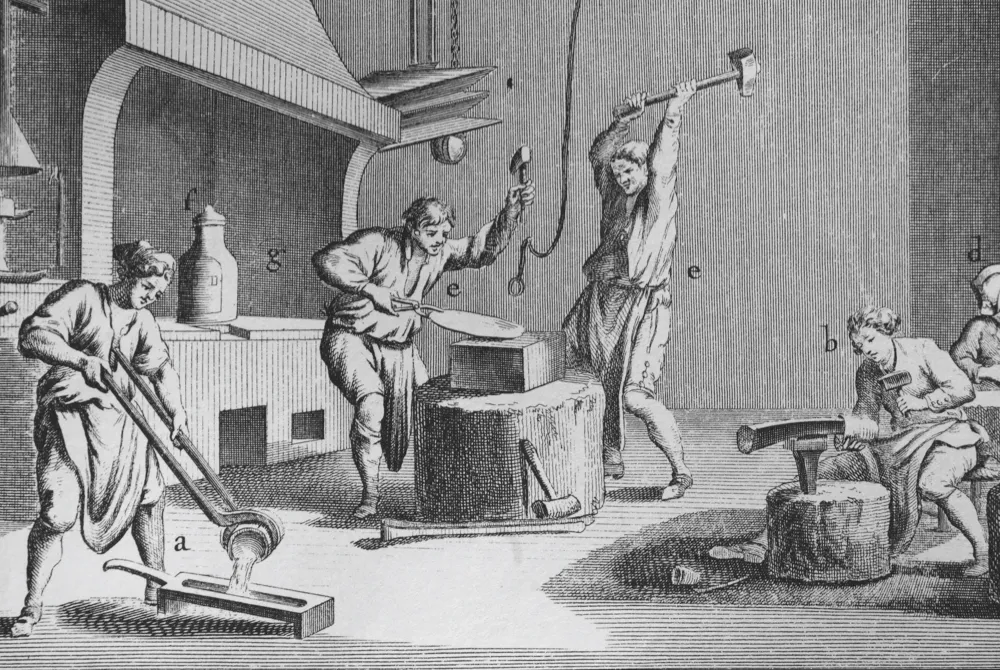
In 1685, after the Revocation of the Edict of Nantes, many talented Huguenot craftsmen, such as silversmith Paul de Lamerie (1688-1751), fled France and ended up in England, bringing with them French styles.
‘De Lamerie was the top gun of the period, from 1714 up to the middle of the 18th century,’ says Alastair. ‘He was the greatest exponent of interpreting the rococo genre and made very good silver baskets.’
In the 19th century, Paul Storr (1771-1844) was the most celebrated English silversmith. ‘His work coincided with Britain being the most powerful nation in the world and George IV’s profligacy,’ says Alastair. ‘Everything Storr made – from tea sets to candlesticks, trays and centrepieces – was grand, big and heavy.’

While top-quality pieces by leading producers, such as De Lamerie and Storr, fetch huge sums at auction today, silver dealer Daniel Bexfield points out that just because a piece of silver is by a big-name maker, doesn’t mean it’s a ‘good’ piece of silver. ‘Always buy the item, not just the name,’ he advises. ‘Silver can get damaged and things can happen to it to devalue it. If you were a furniture dealer and you had a Georgian chest of drawers and the back fell off so you glued it back on, it wouldn’t affect the value much,’ he points out. ‘But if you had a Georgian silver coffee pot, and the foot had been knocked off and soldered back on, it would affect the value dramatically. With silver, it makes all the difference.’
There are other things that can reduce the value of silver items. ‘Often, original engraved initials have been ‘flooded’ (where silver is poured into the engraving to hide it). Or an antique piece that was originally mercurial gilded has been re-gilded at a later date, devaluing it hugely because the modern gilding process and resulting colour is so different,’ explains Daniel.
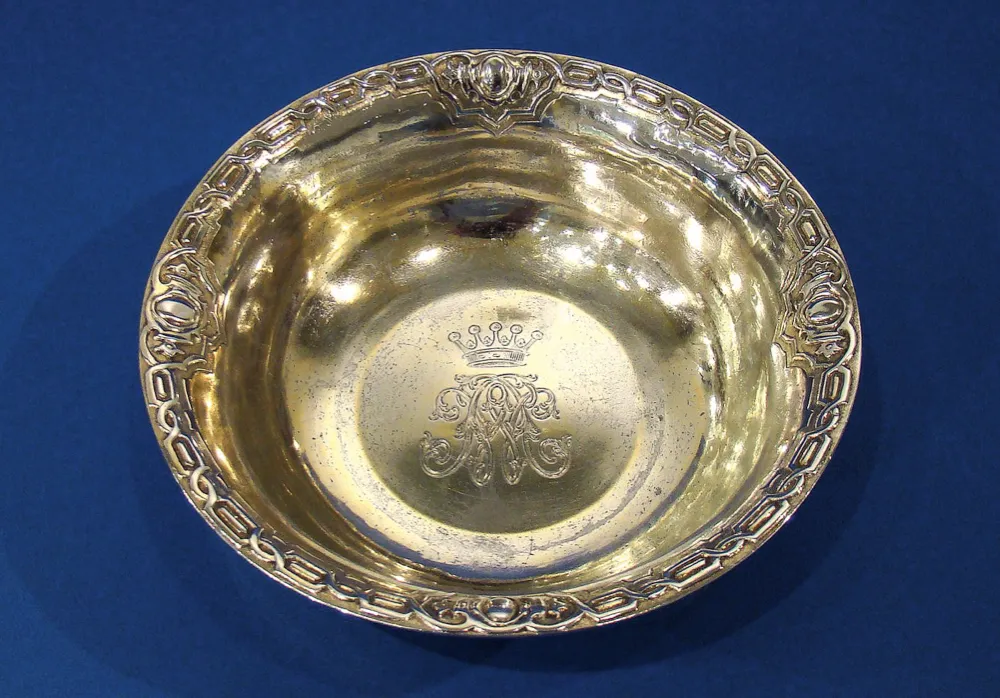
Today, the silver market is pretty buoyant at the top end. ‘The very best or rarest pieces have retained their value or gone up,’ Alastair continues. ‘However, the middle market has suffered massively. When I was working at Phillips the Auctioneers in the 1970s, a good early George III coffee pot could make £1,500-£2,000, but now they only fetch £800-£1,200. If you factor in inflation, that’s a massive drop.’
Despite this, many dealers have a life-long love affair with silver. ‘It’s tactile with lustre sheen,’ enthuses Alastair. ‘A piece of handmade silver in the hands of a good craftsman is
a wonderful thing.’

Silver’s appeal for dealers extends beyond the aesthetic. ‘One of the beautiful things about silver is, if you make a mistake – if it’s damaged or there’s something wrong with it – unlike furniture or porcelain, it has an intrinsic value, so worst-case scenario, you can go to Hatton Garden and melt it down as scrap,’ chuckles Daniel.
It’s also brilliantly tough stuff, as Alastair’s experience proves… ‘I got into silver by accident early in my career because I dropped a piece of porcelain that had just made a record price at auction,’ recalls Alastair. ‘They swiftly took me out of that department and put me into silver where they thought I couldn’t do so much damage!’
Key Designs: Historic creations in silver
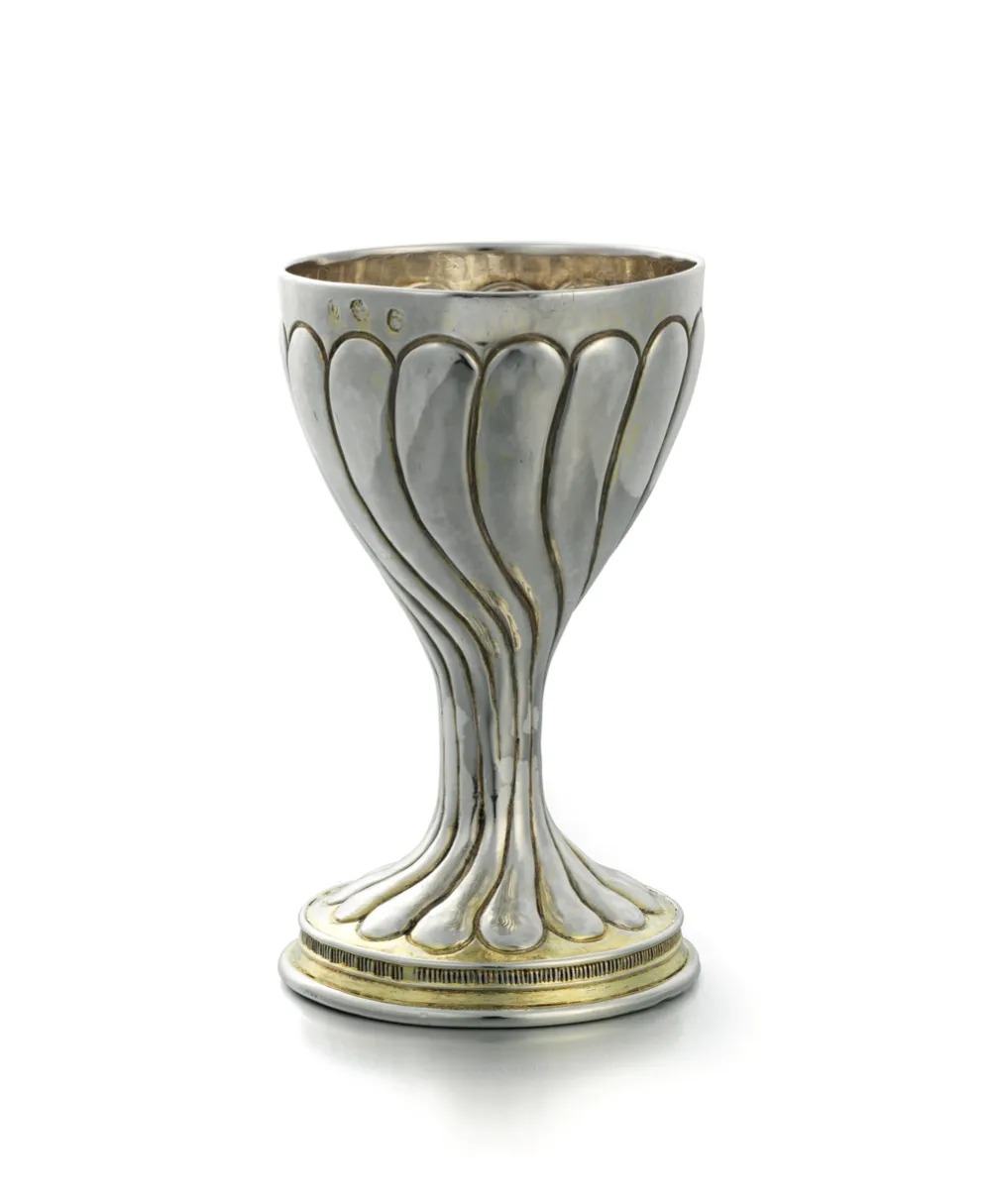

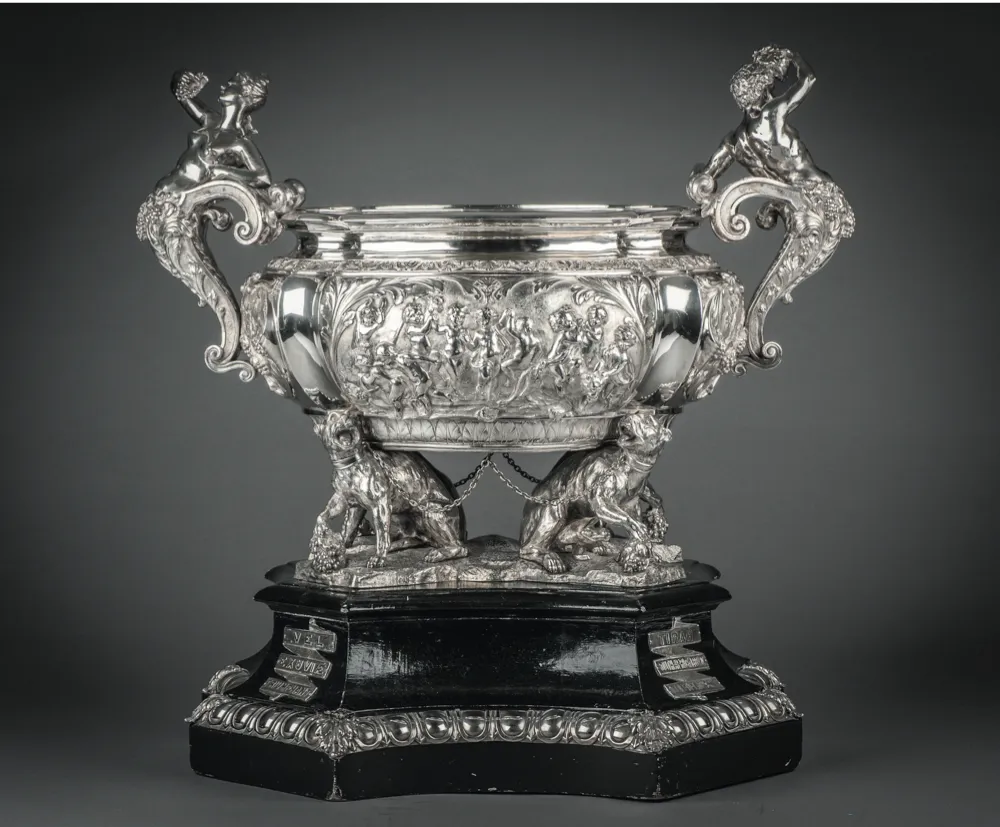
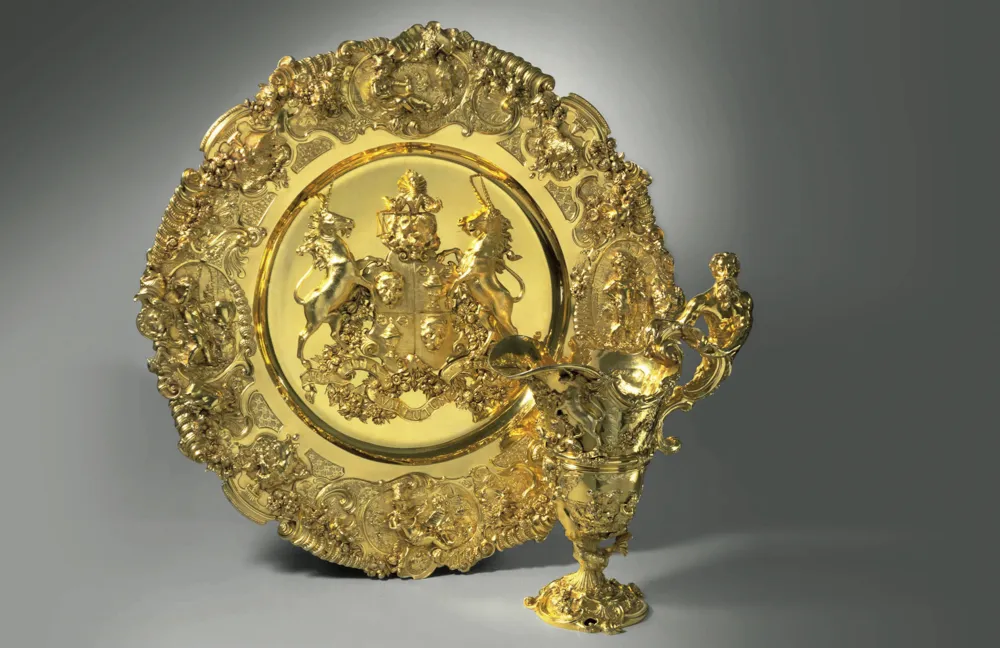
How to clean silver
‘It’s better to clean silver lightly and often rather than to let it get black and have to scrub it,’ advises Alastair Dickenson, BBCAntiques Roadshowsilver specialist. Goddard’s Long Term Silver Polish (£3.99 per 125ml) is good – very gentle with a long-term anti-tarnish ingredient in it. Most of the trade use it for general cleaning. There’s also Hagerty Silver Foam (£8.50 for 185g) a rouge-based cleaning product. For severe black tarnish, you need SILVO Tarnish Guard Wadding (£2.50 for 75g) – but it should never be used on silver gilt as it could strip the gilding off. Impregnated silver polish cloths are good for light buffing. Silver dip is good for cleaning ornate silver that you can’t get at with a cloth. It’s a mild acid, which will eat into the surface, so it’s criminal to leave an item soaking in it overnight. Use it carefully. Work it in to the surface for 20 seconds, then carefully wash it away.’